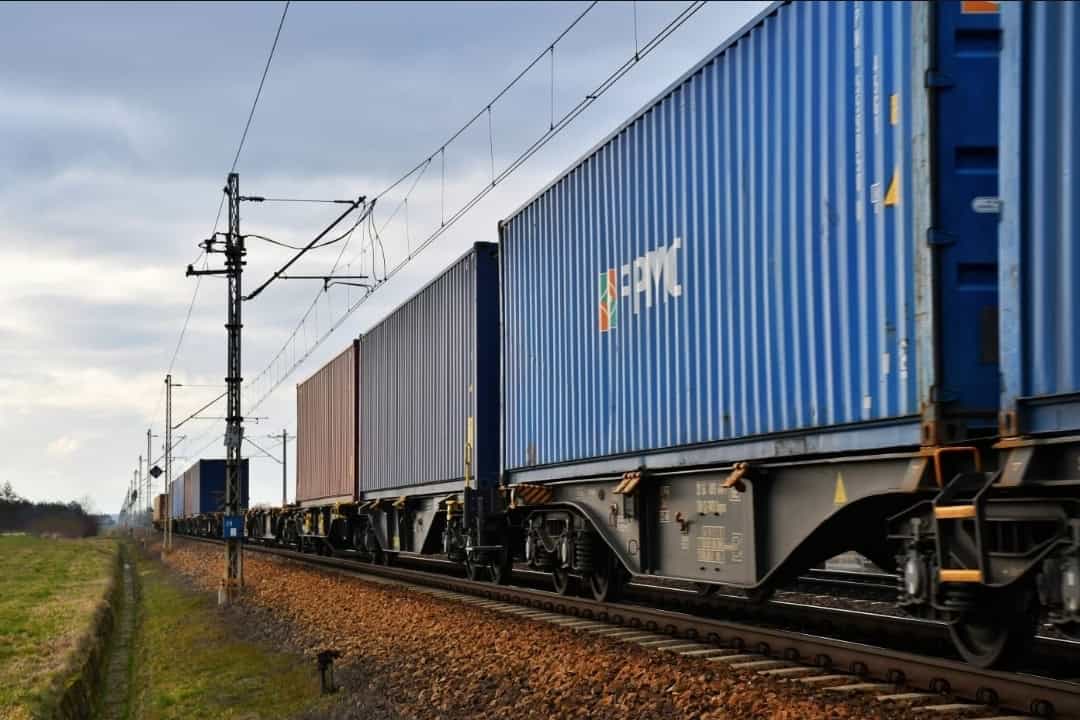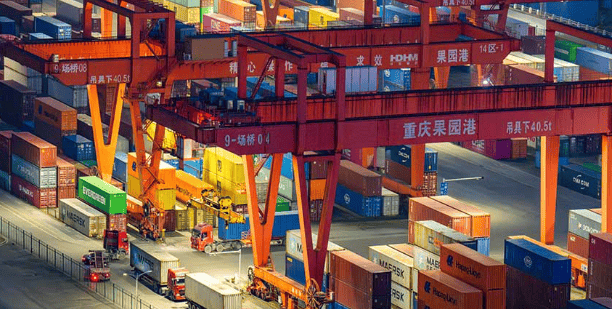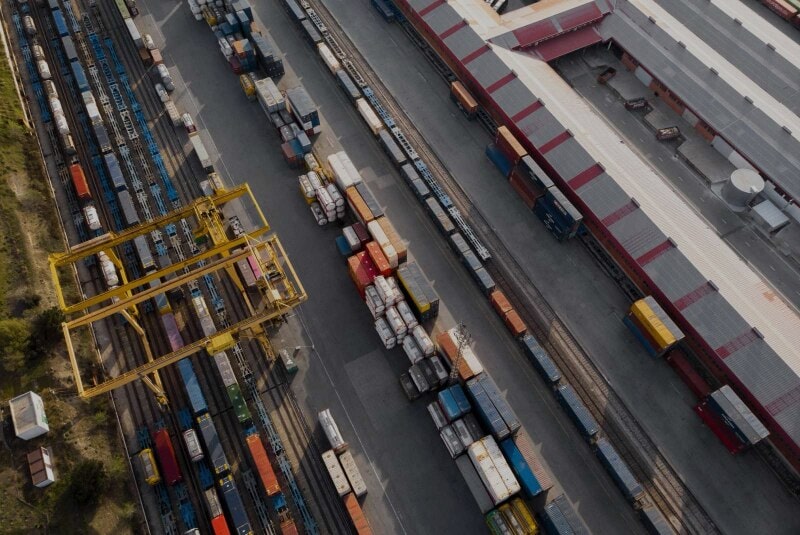The effects of railway infrastructure modernization are clearly visible – thanks to work carried out by Polskie Linie Kolejowe S.A., freight train travel times have significantly improved. In 2025, trains on the Poznań – Szczecin route are arriving an average of 112 minutes faster than the year before, while on the Brzeg Dolny – Stara Wieś near Kutno route, the fastest intermodal trains are running up to 60 minutes shorter. This improves freight flow and boosts the competitiveness of rail transport.
Data from the first months of 2025 show that freight trains are moving faster than in the previous year. Many routes – both bulk (e.g., coal, aggregates, ores) and intermodal – have seen noticeable reductions in travel times. The most significant improvements are seen on bulk transport routes, where differences often reach tens of minutes, and in some cases even exceed 110 minutes. This is largely due to modernization work carried out by Polskie Linie Kolejowe S.A.
On key freight corridors, travel times have significantly decreased. A record improvement was recorded on the Smarzów Wrocławski – Kłodzko Główne route, where the average travel time in 2025 is 2 hours and 29 minutes – that’s 2 hours and 28 minutes shorter than the previous year (when the average was nearly 5 hours). Significant changes were also seen on the Poznań Franowo – Szczecin Central Port route (a reduction of 1 hour and 52 minutes) and Warszawa Wschodnia Towarowa – Białystok (reduced by 40 minutes). Even on shorter routes like Poznań Franowo – Inowrocław, a 9-minute improvement is meaningful – especially where circulation efficiency and precise logistics planning are essential.
Intermodal freight routes have also seen positive changes in many directions. The greatest improvement was noted on the Brzeg Dolny – Stara Wieś near Kutno route, where the average travel time was reduced by 60 minutes. Notable reductions also occurred on Pruszków – Poznań Franowo (by 50 minutes), Gdańsk Port Północny – Stara Wieś near Kutno (by 24 minutes), and Swarzędz – Mockava (by 35 minutes). For logistics operators, this makes a significant difference – faster deliveries from ports lead to better synchronization across entire supply chains.
“Every dozen or so minutes of reduced travel time means shorter train turnaround times, better rolling stock utilization, and more efficient driver scheduling. This leads to cost optimization and provides a buffer for unexpected delays. These are not cosmetic changes – this is a real improvement in railway line capacity and the efficiency of rail transport organization,”
emphasizes Ireneusz Kluczyk, Managing Director of METRANS Rail sp. z o.o.
Compared to the 2023/2024 timetable, the 2024/2025 schedule reflects significantly improved operational parameters of railway infrastructure for both passenger and freight services. The maximum speed has increased on 1,708.842 km of track for passenger trains and on 1,542.577 km of track for freight trains. At the same time, allowable axle loads were increased on 690.205 km of tracks. These changes allow faster and heavier trains to run, boosting network capacity, shortening travel times, and enhancing the overall efficiency of the railway system. The data comes from POS (Network Operation Planning) system reports.
According to PKP Cargo, Poland’s largest freight operator, improvements are important not only on main lines but also on regional and local routes.
“We’re seeing better times not only on main corridors but also on regional routes. In places where a few minutes made a difference, we’re now gaining up to half an hour. For us, this means thousands of hours saved each year,”
said Sebastian Miller, Member of the Management Board of PKP CARGO for Operations.
The shorter travel times are a result of modernization efforts by Polskie Linie Kolejowe, which include track replacement, upgrades of freight hubs, and the installation of modern traffic control systems.
“The impact of our actions is evident in hard data – shorter freight travel times are a direct result of our consistently implemented railway infrastructure modernization program. We are replacing tracks, rebuilding hubs, and implementing advanced control systems. This increases capacity and improves traffic conditions. It’s proof that investing in rail truly supports economic growth and strengthens the competitiveness of rail transport in Poland,”
says Krzysztof Waszkiewicz, Member of the Management Board – Director for Infrastructure Maintenance at Polskie Linie Kolejowe S.A.
Route capacity is also increasing, which allows for better use of existing rolling stock and terminal resources. The improvement in travel times brings not only business benefits for operators but also enhances the attractiveness of rail as a sustainable alternative to road transport. Rail is becoming not only more eco-friendly, but also more efficient in terms of both domestic and international logistics.



